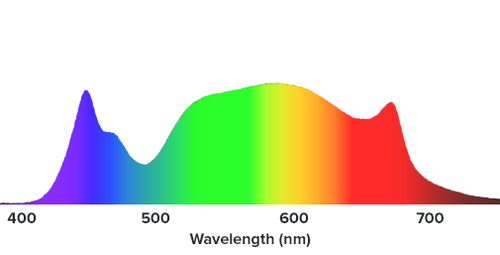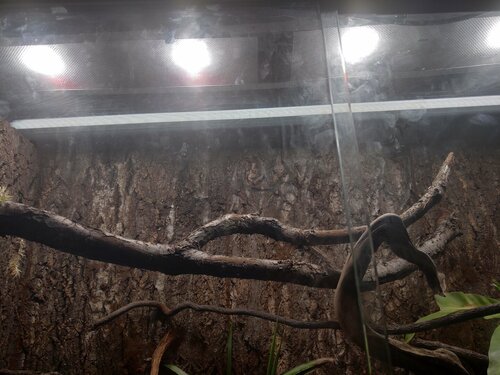Harley510
Established Member
Recently just set up my baby pac man frogs enclosure. 10gal tank, cork wood for a hide with frog moss, small water bowl, fake plant, under heat mat set up to a thermostat at 86 for the warm side.
I want to pop in one of my baby pothos plants in there but i don’t wanna have to add any extra heat then there already is. I was thinking a 5 Watt nano daylight bulb but i don’t trust the little bit of heat it gives off. What should i do? The tank is about 3 feet below my chameleon enclosure so the zoo med daylight blue might add a little uva toward it but i still don’t think that’s enough.
I have a 100watt daylight blue with a t5.0 bulb in my terrarium hood that has made my other pothos THRIVE so i’m kinda in a dilemma. I know if i don’t give it any uva the plant will die.
( It’s next to my 2 leopard geckos and my chameleon i also have 3 of my blinds wide open during the day so my room is nice and bright )
I want to pop in one of my baby pothos plants in there but i don’t wanna have to add any extra heat then there already is. I was thinking a 5 Watt nano daylight bulb but i don’t trust the little bit of heat it gives off. What should i do? The tank is about 3 feet below my chameleon enclosure so the zoo med daylight blue might add a little uva toward it but i still don’t think that’s enough.
I have a 100watt daylight blue with a t5.0 bulb in my terrarium hood that has made my other pothos THRIVE so i’m kinda in a dilemma. I know if i don’t give it any uva the plant will die.
( It’s next to my 2 leopard geckos and my chameleon i also have 3 of my blinds wide open during the day so my room is nice and bright )







